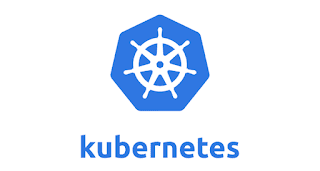Jenkins is a continuous integration tool that allows continuous development, test and deployment of newly created codes. Primary requirement for Jenkins is Java. Lets install Java. root@jenkins:~# apt install openjdk-8-jdk Rebooting the server after java installation. root@jenkins:~# java -showversion openjdk version "1.8.0_282" OpenJDK Runtime Environment (build 1.8.0_282-8u282-b08-0ubuntu1~18.04-b08) OpenJDK 64-Bit Server VM (build 25.282-b08, mixed mode) root@jenkins:~# Add the repository key to the system for Jenkins installation. root@jenkins:~# wget -q -O - http://pkg.jenkins-ci.org/debian/jenkins-ci.org.key | sudo apt-key add - OK root@jenkins:~# root@jenkins:~# sh -c 'echo deb http://pkg.jenkins.io/debian-stable binary/ > /etc/apt/sources.list.d/jenkins.list' root@jenkins:~# apt-get update Hit:1 http://us.archive.ubuntu.com/ubuntu bionic InRelease Hit:2 http://security.ubuntu.com/ubuntu bionic-security InRelease Hit:4 http://us.archive.ubuntu.com/ubuntu bi...



